The most representative monuments in the Canary Islands
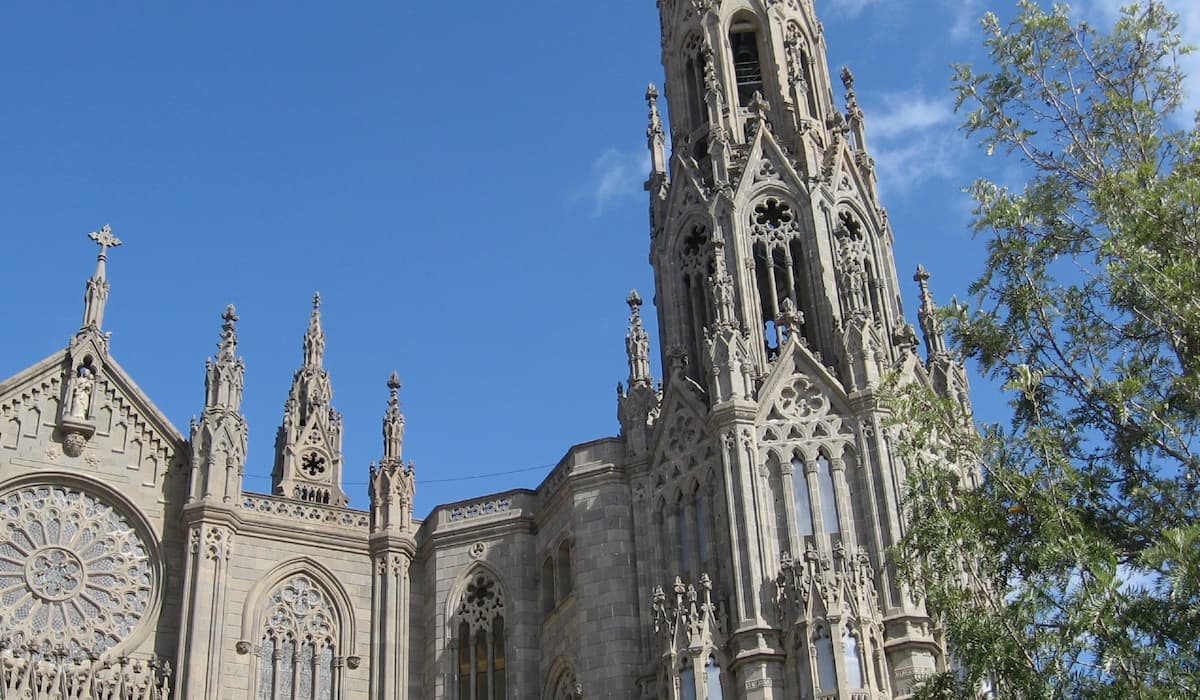
The old town centres and villages of the Canary Islands are dotted with historical buildings and monuments. Apart from their cultural value, their exceptional beauty always justifies stopping to admire them.
We will start our tour on the island of Gran Canaria, where we will focus on three historical monuments. We will continue on the island of Tenerife, with the city of La Laguna and the Basilica of Our Lady of Candelaria, patron of the Canary Islands. Later, we will discover other monuments of interest on the islands of La Palma, Lanzarote and Fuerteventura.
Castillo de la Luz
Located in La Isleta, in Las Palmas de Gran Canaria, this is the oldest fortress in the islands and has been declared a Cultural Heritage Site. It was built in 1494 to protect Spanish domains from the attacks of Dutch and English pirates and housed a military detachment until the end of the nineteenth century. It is currently a cultural centre and the headquarters of the Martín Chirino Foundation and has a permanent display of 25 unique pieces by the Canary sculptor.
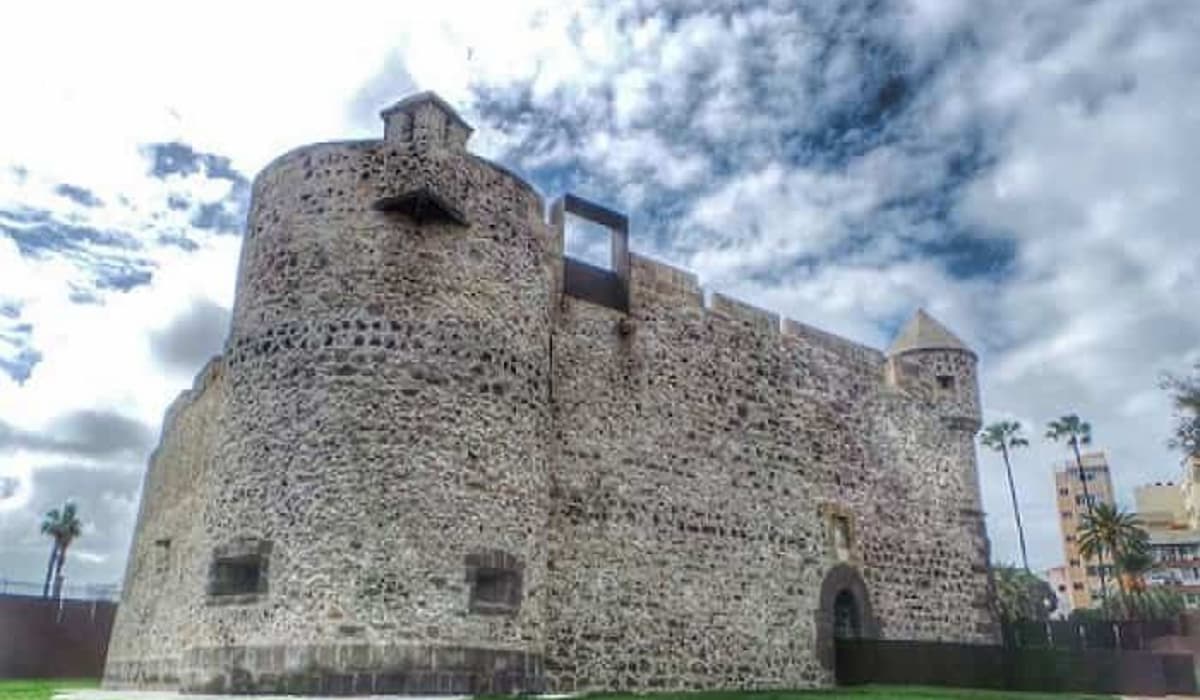
It is located in: Calle Juan Rejón, s/n, 35008 Palmas De Gran Canaria, Las Palmas.
It can be visited from Tuesday to Thursday from 10 am to 7 pm, and Friday and Sunday from 10 am to 2 pm.
Teatro Pérez Galdós
Also located in Las Palmas, it is one of the main cultural centres on the island and in the entire archipelago. The theatre is dedicated to the famous writer from Las Palmas and is a cultural institution with more than a century of history. It was built in the Triana district, near Vegueta, on the left bank of the Guiniguada ravine, and has been a standard-bearer for the performing arts on the island of Gran Canaria and the heart of the city’s cultural life. Today, the Teatro Pérez Galdós is an architectural landmark, a social symbol and an essential political icon for the capital and the island itself.
It is located in: Plaza Stagno, 35002 Las Palmas de Gran Canaria.
It opens at 8 pm on days when there is a performance.
La Catedral de Arucas
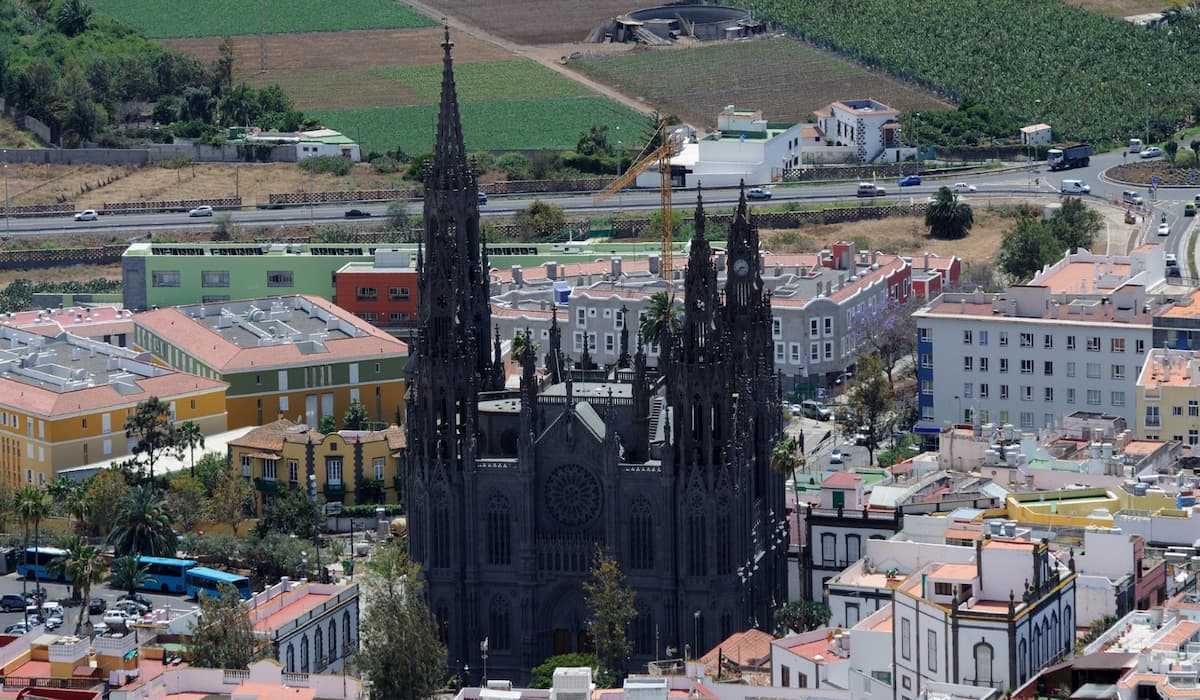
This contemporary temple is one of the finest examples of religious architecture in the Canary Islands. The majesty of this church leads people to refer to it as a cathedral, even though it does not officially have this status within the church.
The most distinctive feature of the church of San Juan Bautista is its neo-Gothic architecture. It is a remarkable example of stone work, with large towers, pointed arches and an exceptional façade, which has earned it the status of a Cultural Heritage Site.
It is located at: Calle Parroco Cardenes 3, Arucas and it is open throughout the week from 8.00 am to 12.50 pm and from 5.30 pm to 8.00 pm.
La Catedral de San Cristóbal de La Laguna
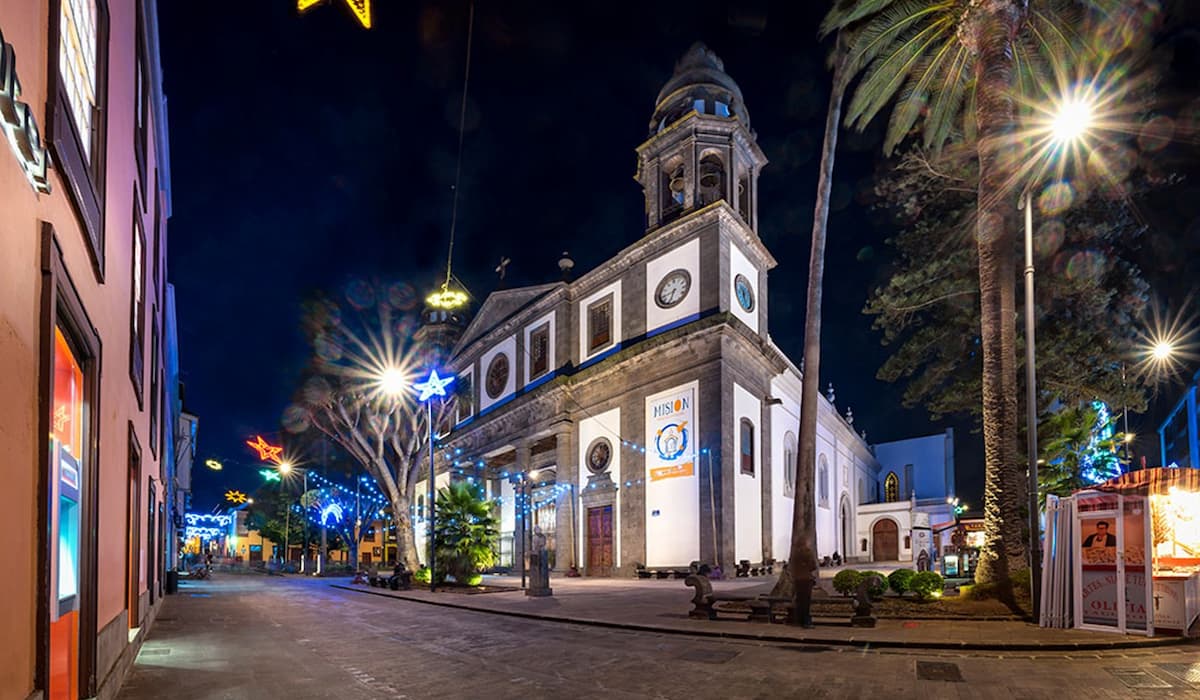
In La Laguna, a city declared a World Heritage Site by Unesco in 1999, we find one of the most beautiful neoclassical buildings on the island, the Cathedral, built with volcanic stone ashlars and notable for its saffron tones. As the oldest city in the Canary Islands, La Laguna is also home to other noble buildings, such as the house of the Captains General and convents such as Santo Domingo de Guzmán, where one of the main points of interest is the landscaped cloister with its white marble columns and fountain in the courtyard.
It is located in: Plaza de los Remedios, 38201 San Cristóbal de La Laguna.
It is open as follows: Monday to Friday from 9.00 am to 6.30 pm and Saturday from 9.00 am to 12.30 pm. Closed on Sundays.
Basílica Nuestra Señora de la Candelaria
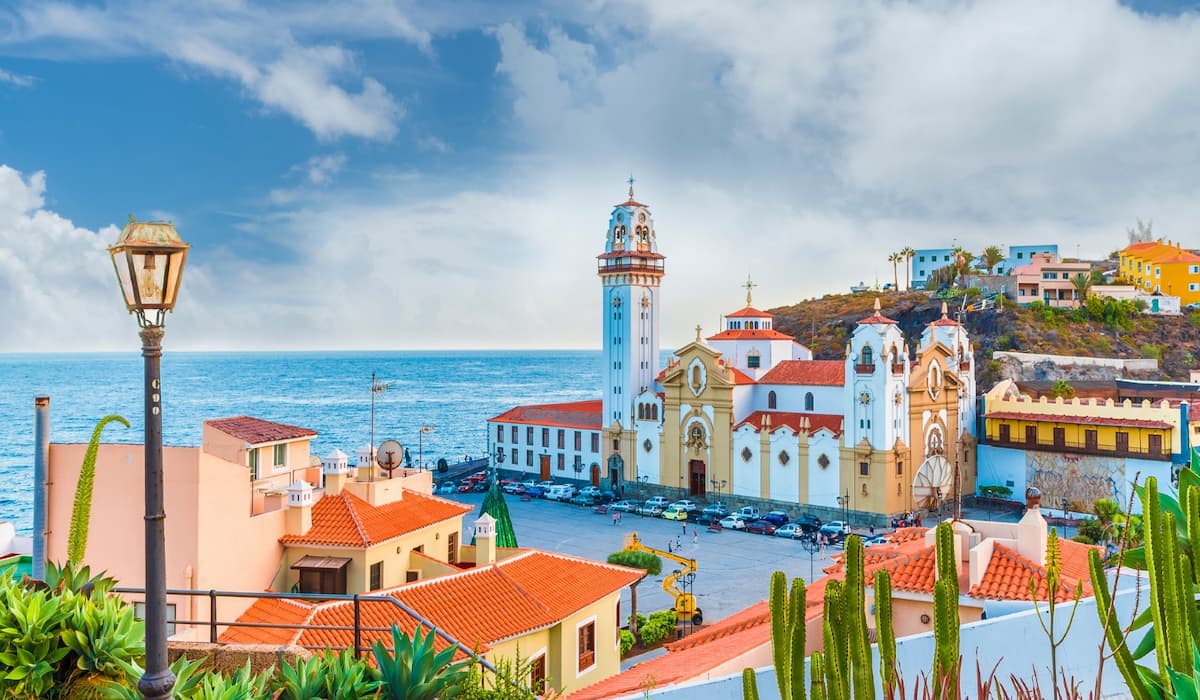
The Basilica of Our Lady of Candelaria, in the municipality of the same name, in Tenerife, was built in 1959 by architect Enrique Marrero Regalado. The regionalist design comprises three naves, with a ceiling that imitates the Mudéjar style and a 25-metre-high dome above the transept. The central tower measures 45 metres and features a traditional Canary balcony. The main chapel contains an image of Our Lady of Candelaria, patron of the Canary Islands. There are also numerous works of art inside, including murals by José Aguiar, paintings by Martín González, the Holy Christ of Reconciliation, a Baroque monstrance carved in the Canary Islands in the eighteenth century, and a baptismal font of great historical value dating from the sixteenth century.
It is located at: Plaza de la Patrona de Canarias, 1, 38530 Candelaria, Santa Cruz de Tenerife.
It is open as follows: Monday from 3.00 pm to 7.30 pm and Tuesday to Sunday from 7.30 am to 7.30 pm.
Balcones de la Avenida Marítima
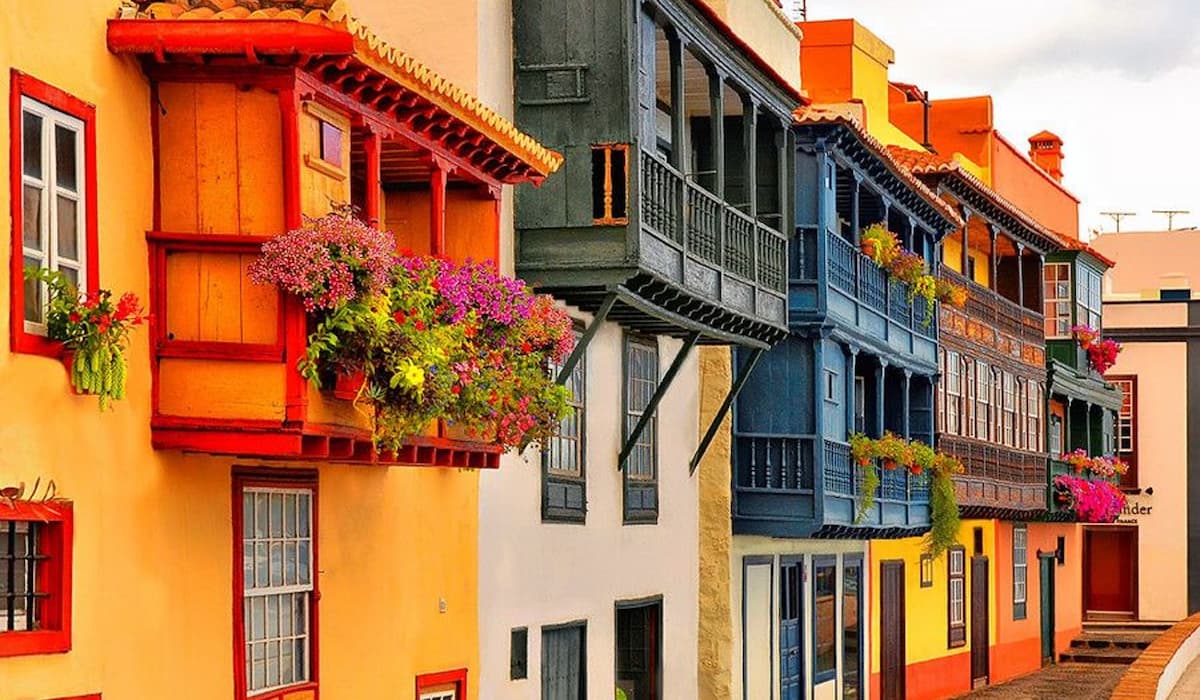
The balconies in Santa Cruz de La Palma’s Avenida Marítima are one of the outstanding architectural details of the Canary Islands and the most important heritage feature on the beautiful island. They were constructed in response to the need to ventilate the interior of the houses, taking advantage of the trade winds that refresh La Palma. They are made of wood painted in different colours and the design varies from one balcony to another.
They can be seen at: Avenida Marítima, 44, 38700 Santa Cruz de la Palma, Santa Cruz de Tenerife and can be visited 24 hours a day.
La Casa de los Coroneles
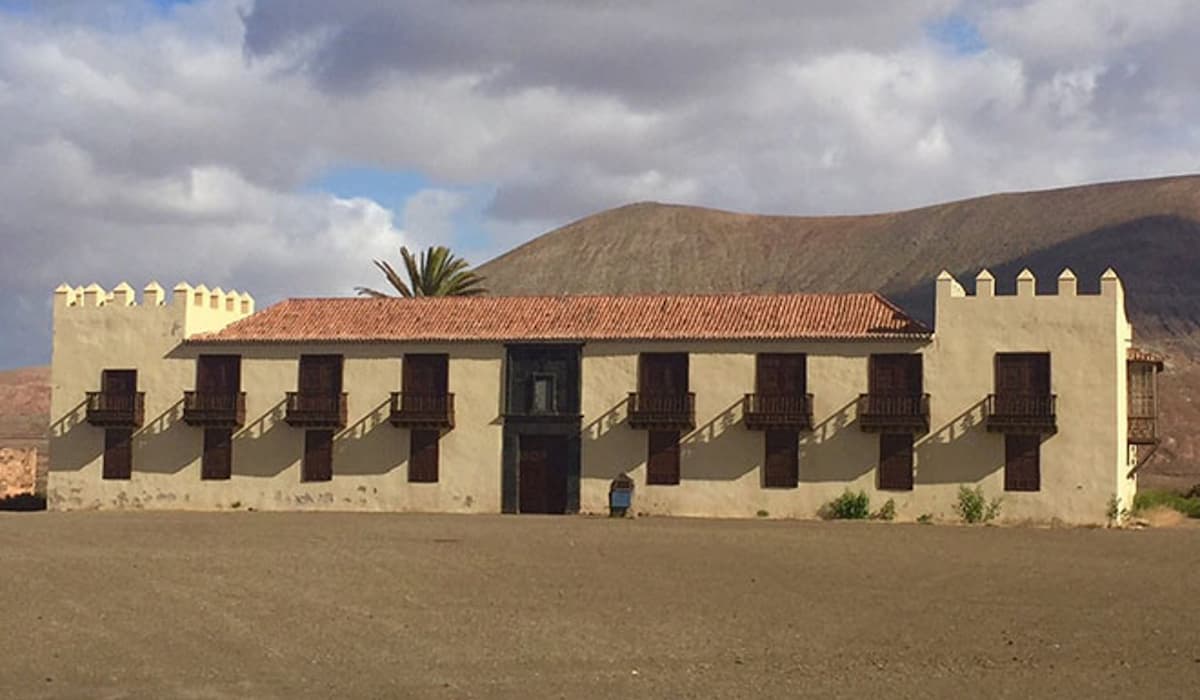
This was the most important house in Fuerteventura and owes its name to the Cabrera Bethencourt family, members of which served for generations as Colonel of Provincial Militias. The exact date of construction is not known, but it is believed to have been built in the second half of the seventeenth century and is a typical country house belonging to a family from the upper classes. It has an elongated façade with symmetrical shuttered windows and open balconies with Baroque style balustrades in addition to a central black stone doorway with the Cabrera coat of arms carved on it. The interior preserves the old square layout with a central courtyard surrounded on two floors by a balustrade and various rooms.
It can be seen at: Casa de los Coroneles, Calle los Coroneles, 28, 35640 La Oliva, Fuerteventura. Open Tuesday to Saturday from 10 am to 6 pm.
Categories: Canaries, Fuerteventura, Gran Canaria, Be inspired, La Palma, Tenerife


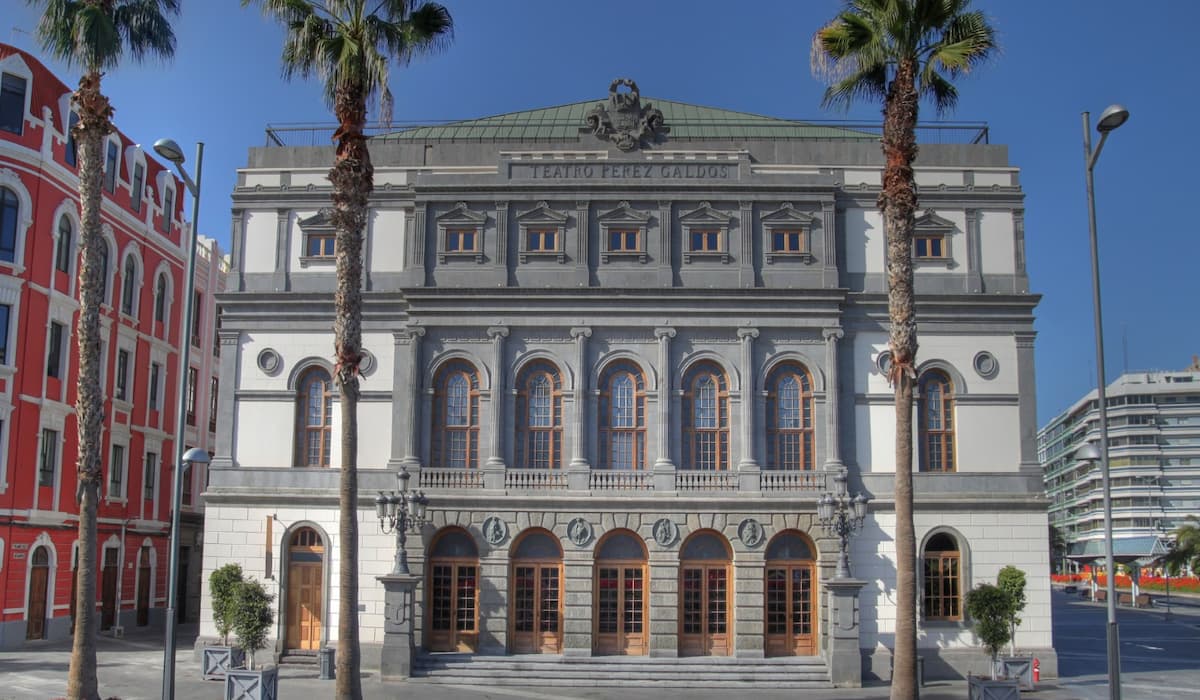

Leave a Comment